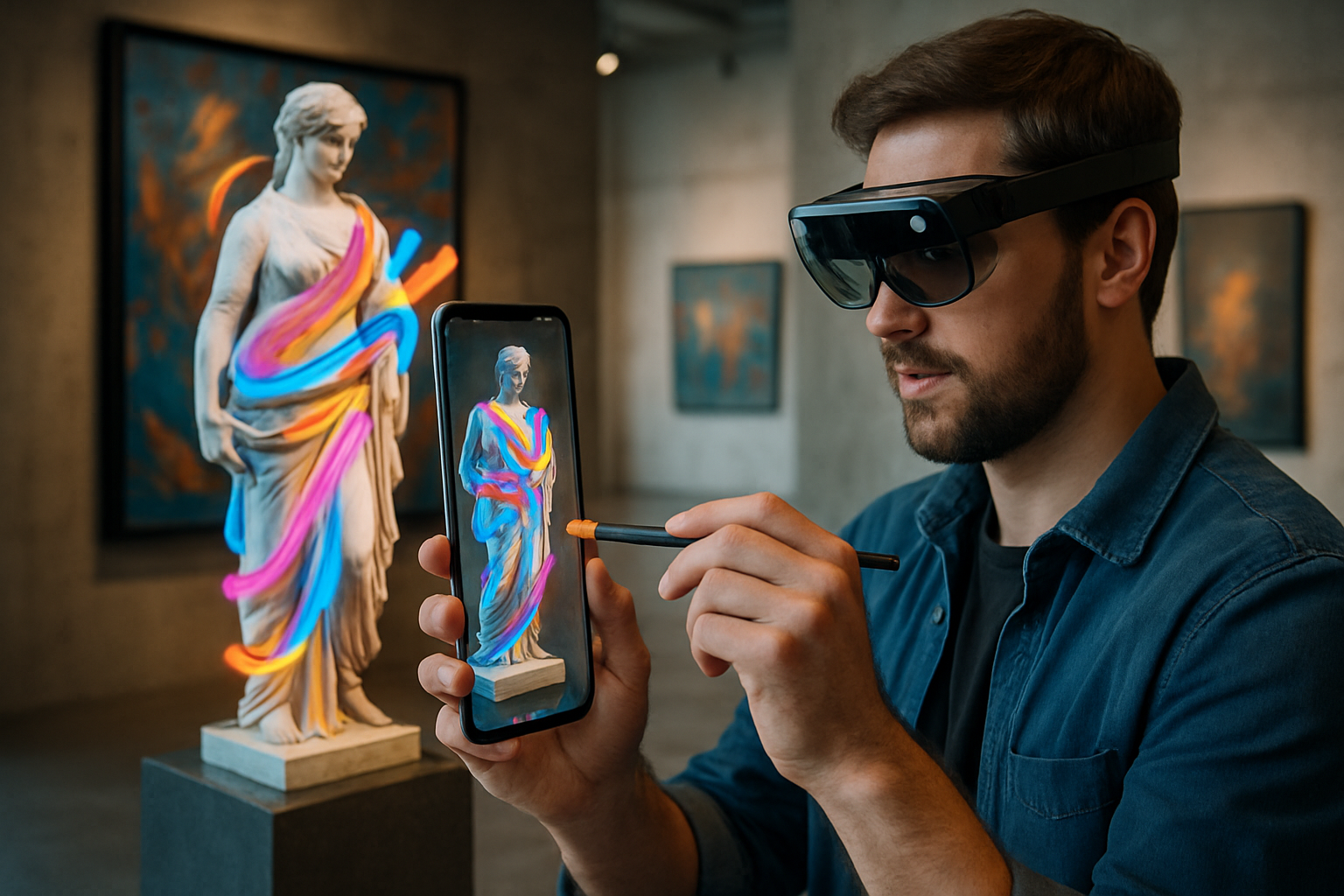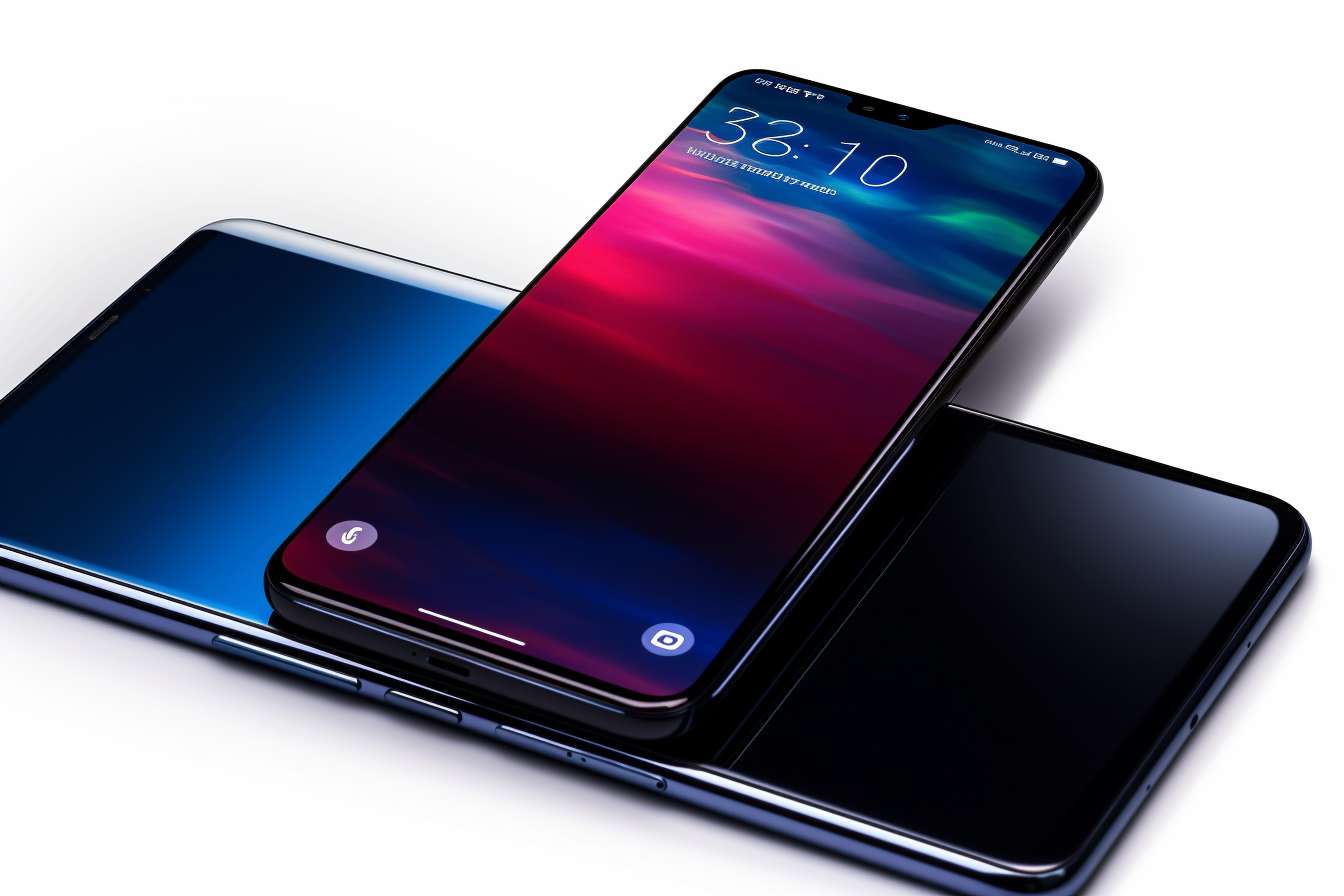Augmented Reality in Fine Art: Bridging the Digital Divide
In an era where technology permeates every aspect of our lives, the fine art world is experiencing a revolutionary shift. Augmented reality (AR) is emerging as a powerful tool for artists, galleries, and museums, blurring the lines between the physical and digital realms. This cutting-edge technology is not only transforming how we create and experience art but also challenging traditional notions of artistic expression and viewer engagement.

Redefining the Gallery Experience
Museums and galleries worldwide are embracing AR to enhance visitor experiences. The Louvre, for instance, has implemented AR guides that bring ancient artifacts to life, allowing visitors to see reconstructions of how they originally appeared. Smaller galleries are using AR to create virtual exhibitions, expanding their reach beyond physical constraints and offering immersive experiences to art enthusiasts globally.
Artists at the Forefront of AR Innovation
Contemporary artists are pushing the boundaries of what’s possible with AR in fine art. Renowned digital artist Olafur Eliasson’s AR works allow viewers to place virtual sculptures in their own environments, challenging perceptions of space and reality. Meanwhile, Jenny Holzer has used AR to project her text-based works onto landmarks, creating temporary, site-specific installations that blend seamlessly with their surroundings.
The Democratization of Art Creation and Consumption
AR is democratizing both the creation and consumption of art. Artists no longer need physical gallery spaces to showcase their work, and viewers can experience art from anywhere in the world. Platforms like Artivive allow artists to easily create AR layers for their physical works, while apps like Acute Art bring major artists’ AR creations directly to users’ smartphones, making high-end art accessible to a broader audience.
Challenges and Controversies
Despite its potential, the integration of AR in fine art is not without challenges. Questions of authenticity, ownership, and the value of digital art versus physical pieces are hotly debated. Some critics argue that AR experiences detract from the purity of traditional art forms, while others see it as a natural evolution of artistic expression. Additionally, the technology dependency raises concerns about accessibility and the potential for technical glitches to disrupt artistic experiences.
The Future of AR in Fine Art
As AR technology continues to advance, its role in fine art is likely to grow more significant. We can anticipate more sophisticated integrations, such as AR-enhanced sculptures that change based on viewer interactions or environmental factors. The lines between different art forms may blur further, with AR enabling new hybrid creations that combine visual art, performance, and interactive storytelling.
Implications for Art Education and Conservation
AR is also revolutionizing art education and conservation efforts. Students can now interact with masterpieces in unprecedented ways, gaining insights into techniques and historical contexts. Conservators are using AR to visualize restoration projects and to preserve digital versions of fragile artworks, ensuring their longevity for future generations.
Ethical Considerations in AR Art
As AR becomes more prevalent in fine art, ethical questions arise. Issues of copyright, especially when AR is used to modify or interact with existing artworks, are complex and largely uncharted territory. There’s also the question of data privacy, as AR applications often collect user information to enhance experiences. The art world must grapple with these ethical dilemmas as the technology evolves.
Conclusion: A New Artistic Frontier
Augmented reality in fine art represents a new frontier, offering unprecedented opportunities for creativity, engagement, and accessibility. As artists, institutions, and audiences continue to explore and push the boundaries of this technology, we stand at the threshold of a new era in artistic expression. The fusion of the physical and digital realms through AR is not just changing how we create and experience art; it’s redefining what art can be in the 21st century and beyond.




